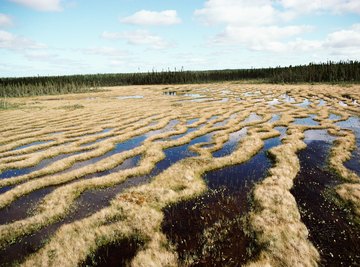
Ancient Mesopotamia, known by historians as the cradle of humanity, was the world’s first established civilization. Mesopotamia means “the land between two rivers,” and as humanity grew and flourished along the banks of these rivers, ancient people learned of both the wrath and the fruits of their natural environment.
Controlling the Elements
The successes and spoils of the ancient Mesopotamian civilization can be entirely attributed to ebbs and flow of its two great rivers: the Tigris and The Euphrates. The both destructive and industrious nature of the life-giving waters became central to survival for the Mesopotamian population. The growth and expansion of the state became entirely dependent on the controlled gradual seasonal flooding of the rivers as well as manmade irrigation systems. Under the reign of the Akkadian ruler Sargan, the first conscripted army was organized to provide labor for flood-control projects. Under his rule, canals and channels were built to control the onslaught of the seasonal floods by diverting the water and gradualizing the flow.
References
About the Author
Rachel Alexander is a cultural and political area specialist of South Asia and the Middle East. She received the State Department’s Critical Language Scholarship in 2011, and again in 2012, to live in northern India and study advanced Hindi. She holds a Bachelor of Arts in international studies from Loyola University of Chicago.
Photo Credits
Jupiterimages/Photos.com/Getty Images
